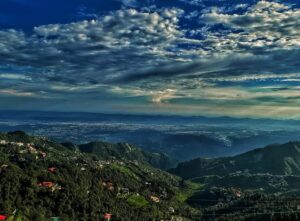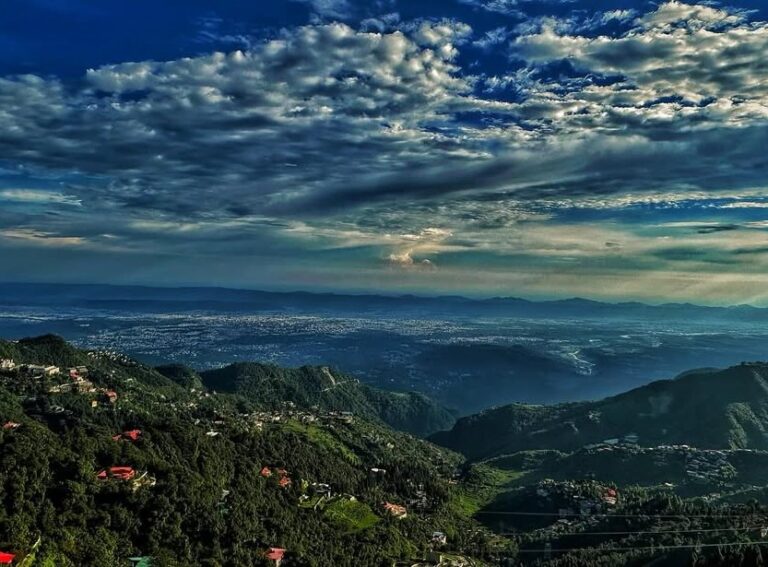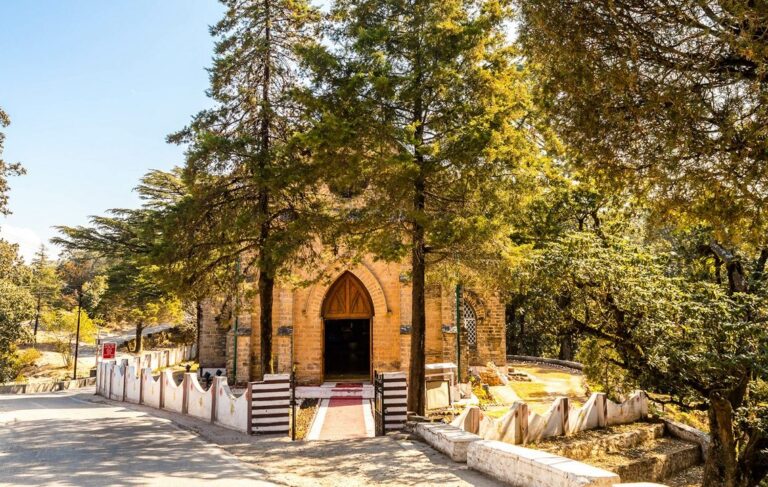Discover the Lipulekh Pass: Gateway to Kailash Viewpoint Uttarakhand
Lipulekh Pass is a historic Himalayan gateway connecting India, Nepal, and Tibet, known for its role in the Kailash Mansarovar Yatra and recent border disputes.”
Location: Lipulekh Pass
Lipulekh Pass sits in the Adi Kailash region of Uttarakhand. It is in the Chaudans valley, which is a part of the Dharchula sub-district within the Pithoragarh district of the Kumaon region. This pass connects the Byash Valley in Nepal with Tibet, and serves as a significant route for the renowned Hindu pilgrimage to Mount Kailash. It also serves as the Kailash Mansarovar Yatra.
Historically, Lipulekh Pass is playing a crucial role as it was utilized by ancient traders, pilgrims, and ascetics traveling between Nepal and Tibet. It serves as a link between Uttarakhand, India, and Nepal. It is a point of converging at the old trading town of Taklakot (Purang) in Tibet. Currently, the pass is open for cross-border trade from June to September each year.
Disputes Between India & China
Disputes over the ownership of Lipulekh Pass have arisen between India, China, and Nepal. According to historical documents, the western end of this tri-junction boundary point is within Nepal’s territory, particularly in Kalapani. This fact was recognized in a boundary agreement between Nepal and China several decades ago.
Source of Kali River
These documents also assert that the Nepalese border extends up to Limpiyadhura, which is the source of the Kali River, separating India and Nepal. However, the Nepal-China borderline has expanded over time, especially after finalizing the tri-junction points at Limpiyadhura and Jhinsang Peak.
In 2015, Indian Prime Minister Narendra Modi’s decision to open a trading post in Lipulekh during his visit to China was met with resistance from Nepal. Currently, Nepal is seeking a diplomatic solution to this issue with both China and India.
Here are some key facts about Lipulekh Pass:
- Lipulekh Pass became the first Indian border post to facilitate trade with China in 1992.
- It is open for cross-border trade between India and China annually from June to September.
- Lipulekh Pass serves as one of the four officially agreed-upon Border Personnel Meeting (BPM) points between the Indian Army and the People’s Liberation Army of China, contributing to the resolution of potential face-offs.
- Historically, it has served as a route for traders, pilgrims, and ascetics traveling between Nepal and Tibet.
- It holds significance as an ancient route for the Kailash Mansarovar Yatra pilgrimage.
The trek to Lipulekh Pass typically commences from Pangu village in the Pithoragarh district of Uttarakhand. Pangu is accessible by motorable roads and reachable by bus or taxi from major cities.
Day 1: Delhi to Almora
We start from Delhi, which is a big city, and travel all the way to Almora. It’s a really long drive, about 14 hours! You’ll ride in a bus or a taxi. When we reach Almora, we get to rest for the night. Yay!
Day 2: Almora to Dharchula
Next morning, we take another bus to a place called Dharchula. It’s about 10 hours of driving, and we reach just in time to have dinner and sleep. So much traveling!
Day 3: Dharchula to Pangu
We wake up early again and go to Pangu. It’s just a bit further from Dharchula. This is where our trekking starts! We need to get all our stuff ready because tomorrow we’ll be hiking!
Day 4: Pangu to Gala
Hooray! The trek begins! We hike 25 kilometers from Pangu to Gala. It’s a long walk, but there are cool places to stay when we reach Gala like camps and rest houses. Tired but happy!
Day 5: Gala to Budhi
After breakfast, we walk another 20 kilometers to reach Budhi. It’s another cool place where we can rest and sleep for the night. We’re getting closer to the mountains!
Day 6: Budhi to Gunji
Today, we walk 17 kilometers to Gunji. It’s hard, but we get to see amazing views of mountains. When we get to Gunji, it’s dinner time, and then off to bed to get ready for the next day.
Day 7: Gunji to Navi Dhang
We start trekking early in the morning. It’s 20 kilometers to Navi Dhang! When we reach, we get to see Om Parvat, which is a super cool mountain. We rest here for a bit before heading to Lipulekh!
Day 8: Navi Dhang to Lipulekh
It’s the last stretch! Only 7 kilometers to reach Lipulekh Pass! The view here is amazing! You can see snow, mountains, and everything looks so big and magical. We made it!
Day 9 – 12: Coming Back!
After enjoying the view at Lipulekh, we start heading back the same way. It’s like a big loop back through all the places we passed: Gunji, Budhi, Gala, and Pangu. Every day, we get closer to the starting point, and we celebrate finishing the trek!
Day 13: Pangu to Dharchula
After a good rest in Pangu, we take a vehicle early in the morning and travel 50 kilometers back to Dharchula. No more trekking, just sitting back and enjoying the ride!
Day 14: Dharchula to Almora
We wake up and drive another 207 kilometers from Dharchula to Almora. It’s a long trip, but we get to see all the beautiful hills and valleys on the way.
Day 15: Almora to Delhi
The last leg of the journey! We travel 400 kilometers back to Delhi, and that’s where our amazing trek ends! What a trip!
Location & How to Reach Lipulekh Pass
You can reach Lipulekh Pass from the Pithoragarh district in Uttarakhand. The nearest railway station is in Kathgodam, and from there you can start your journey to this awesome Kumaon region in the Kali Valley!
Why is Lipulekh Pass Famous?
Lipulekh Pass is super famous for:
- High Altitude Mountain Passes
- Trekking Adventures
Cool Facts About Lipulekh Pass!
- Lipulekh Pass is a special border between India and China where people can trade stuff every year.
- It’s also where the Indian Army and China’s Army have friendly meetings!
- A long time ago, people like traders and pilgrims used this pass to go between Nepal and Tibet. Cool, right?
- This is the ancient route used by pilgrims on the Kailash Mansarovar Yatra!
- Wow! What an adventure! We trekked through so many mountains and saw so many amazing things! It’s a journey we’ll never forget!












